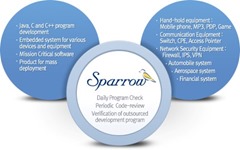
- Like digital rights management (DRM) for the enterprise, data loss prevention (DLP) solutions have recently seen a resurgence. Both aim to protect sensitive documents against leakage and exfiltration. Those looking to deploy or expand one or the other frequently weigh DRM vs. DLP. But how helpful is this “either/or” perspective really? * For starters, it risks missing one crucial difference between these two approaches to document protection. Other than DRM, DLP isn’t designed...
- Like digital rights management (DRM) for the enterprise, data loss prevention (DLP) solutions have recently seen a resurgence. Both aim to protect sensitive...










